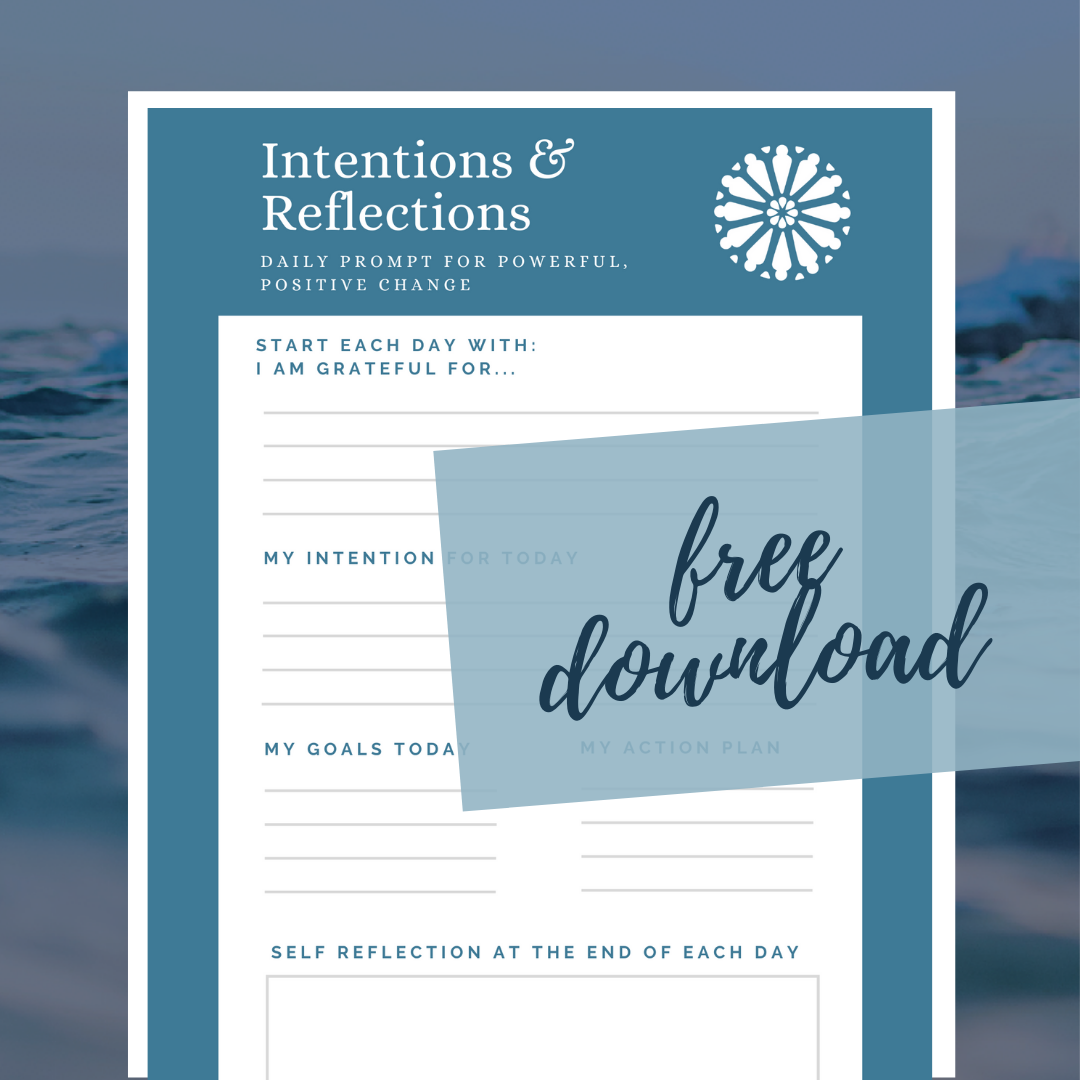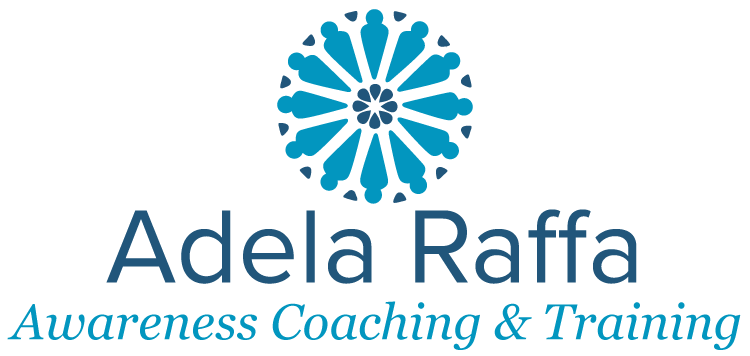Learning to Cope with and deal with Anxiety.

The other day I posed a question in my FaceBook Group asking what people struggle with in their lives right now. The answers were anxiety, boundaries, self-esteem and how to move from external to internal focus to mention a few.
I’ve been spending time pondering those answers and decided to offer tools & techniques to help members of the group Awareness with Adela (join here) on their path to powerful, positive change.
Anxiety disorder is the most common mental disorder in the U.S. affecting 40 million adults. That number doesn’t include kids and teens under the age of 18. Add another 6.1 million according to the CDC
Chances are that you have experienced anxiety at some point in your life, or perhaps you are one of the 40+ millions that suffer from this mental disorder on the daily. Besides medication or therapy, how do you begin to cope and manage?
Anxiety is a broad term for a variety of disorders. It can range from OCD [obsessive compulsive disorder], separation anxiety and generalized anxiety to social anxiety and severe panic attacks.
The main symptom of anxiety disorder is excessive fear or worry.
Typically experienced on cognitive, emotional, and physical levels.
Specific symptoms depend on the type of anxiety. Common symptoms are: panic, fear, and uneasiness.
Anxiety disorders can also make it hard to breathe, sleep, stay still, and concentrate.
Anxiety is the body's natural response to stress. It's the feeling of fear or apprehension about what's to come.The physical sensations are experienced in the present while the worry is often a future event. Most people have experienced anxiety from time-to-time. However, chronic anxiety can be a sign of a diagnosable anxiety disorder.
When anxiety affects relationships, work performance, and other areas of life, talking with a doctor or other professionals might be helpful.They’ll be able to address any concerns you have, provide information on diagnosis, and discuss treatment options.
Here are 7 simple coping tools to ease your feelings of anxiety:
Stay present and breathe: Use your breath to become present in the moment. Deep breathing increases the supply of oxygen to your brain and stimulates the parasympathetic nervous system, which promotes a state of calmness.
Be-friend your anxiety! Invite the emotion and stay with it…Emotions are energy in motion…bringing you insight. What might the message or information that your anxiety is bringing? Learn to listen deeper.
Stay in your body. Anxiety is experienced as a physical sensation and is often unpleasant…and it’s the discomfort of the sensation that we avoid, distract, escape, deny, run from. Ride the wave! The life cycle of an emotion is 90 seconds, from beginning to end.
Pay attention to what you consume. Pay attention to what you eat, drink and how you spend your time. Less sugar, more clean foods. Less caffein, more water. Less electronics, more intimate connections.
Move your body. Commit to moving your body every day: walk, dance, bike, run, swim, or my current favorite: jump rope. Movement or exercise releases feel-good endorphins and other natural brain chemicals that enhance your sense of well-being. Strong body, strong mind.
Spend time in nature. Being in nature reduces stress and increases pleasant feelings. Exposure to nature not only makes you feel better emotionally, it contributes to your physical wellbeing, reducing blood pressure, heart rate, muscle tension, and the production of stress hormones.
Daily Rituals. A consistent ritual helps reduce anxiety by providing the brain with a sense of structure, regularity, and predictability. This could be a mindfulness practice or a spiritual practice for example. My practice is my morning routine: making my bed, preparing coffee, greeting the day with gratitude and reading daily affirmations. It’s my mindful, sacred practice that I look forward to each morning.
To Powerful, Positive Change…Cheers!

“Adela helped me during my darkest hours, when I felt hopeless and alone. Her compassion and support helped me find strengths within myself I didn’t know existed. Her belief in me became my guiding light until I could carry it for myself.”
– Jennifer
